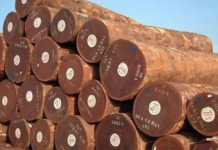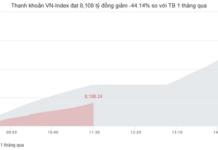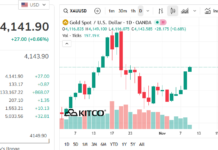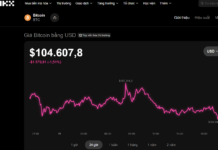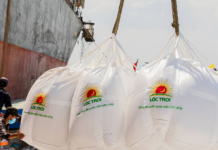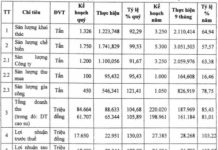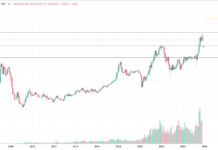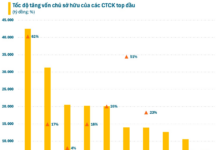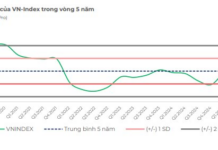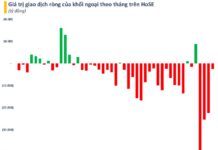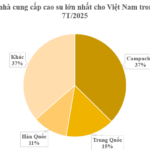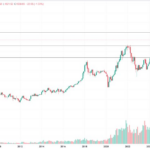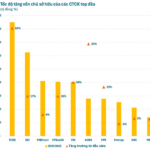
Illustrative image
Cambodia has just exported its first batch of fresh durians to China by air, marking a new step forward in agricultural trade between the two countries. According to Cambodia’s Ministry of Commerce, a two-ton shipment of fresh durians was transported from Phnom Penh International Airport to Henan Province, China, by Air Cambodia on August 8th.
Buon Sarakmony, Undersecretary of State at the Cambodian Ministry of Foreign Affairs, stated that previously, fresh Cambodian durians were only exported to China by sea and road. Air freight reduces delivery time to just a four-hour flight and ensures that the fruit reaches consumers within 48 hours, minimizing the risk of spoilage.
Currently, Cambodia is permitted to export nine types of agricultural products to China, including rice and husks, cashews, bananas, cassava, chili, mangoes, jackfruit, corn, and coconuts. The addition of air transportation for durians is expected to increase export volume in the coming time, not only to other provinces in China but also to many other countries.
Khim Bunlene, Founder and CEO of the King Durian Farm Community, believes that the opening of the aviation gateway will create significant opportunities for Cambodia’s durian industry. He predicts that the 2026 harvest season will see premium Cambodian durians reaching many international markets.
In July 2025, Cambodia received official permission from the General Administration of Customs China (GACC) to export fresh durians directly after signing a protocol in April. This decision followed GACC’s evaluation and approval of 112 durian farms and 30 packaging facilities in Cambodia. All of them met the standards of Good Agricultural Practices (GAP), phytosanitary regulations, and food safety requirements according to Chinese norms. This move is considered to have laid an important foundation for the sustainable development of Cambodia’s durian industry, increasing export value and contributing positively to the national economy.
According to statistics, Cambodia has approximately 5,289 hectares of durian plantations, with an estimated annual production of 36,600-37,000 tons. Data from the Ministry of Agriculture, Forestry, and Fisheries (MAFF) identifies nine provinces with high potential for durian cultivation, including Kampot, Kampong Cham, Tbong Khmum, Ratanakiri, Mondulkiri, Battambang, Pursat, Koh Kong, and Kampong Thom.
Experts advise that farmers should focus more on product quality, safety, and especially production costs. If Cambodian durians are too expensive while the quality is unstable, the product will struggle to compete in the international market.
The Mighty Wood Importer: How Vietnam Became the World’s Third-Largest Wood Product Exporter.
Thailand and Vietnam are known for their durian exports, but there is another commodity that these two countries dominate in the global market, especially in China.
Revolutionizing Vietnam’s Infrastructure: Deo Ca’s Visionary Proposal for a $25.5 Billion Transport Network Revolution
“Recently, a delegation from Deo Ca Group, led by its Chairman, Mr. Ho Minh Hoang, engaged in a productive meeting with the Asia-Pacific Institute for Sustainable Development, Hoa Thiet Ke Design Group, and the China Railway Design Consulting Group. The gathering aimed to explore potential collaboration opportunities between the participating entities.”



